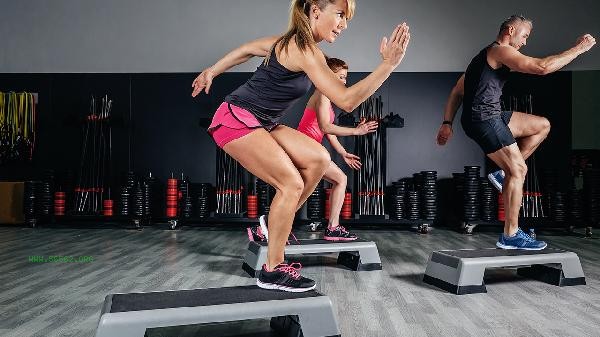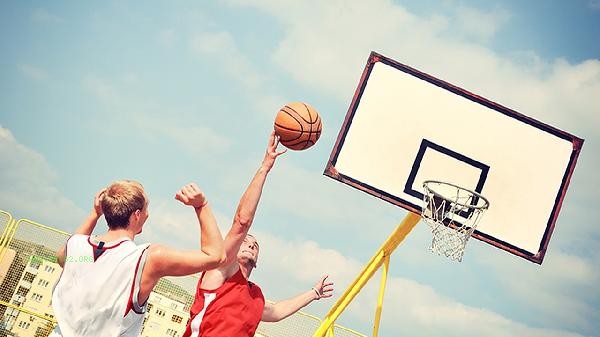It is usually recommended to choose 3-5 movements for training a single muscle group, which can comprehensively stimulate muscle fibers and avoid excessive fatigue. Specific arrangements need to consider factors such as training level, recovery ability, and diversity of movements. For novice fitness enthusiasts, it is more appropriate to choose three movements for each muscle group. For example, chest training can use a combination of flat bench press, upward sloping dumbbell flying bird, and double bar arm flexion and extension. This configuration can cover the upper, middle, and lower bundles of the pectoralis major muscle, and the types of movements include compound movements and isolated movements. The training capacity is moderate and easy to recover. Intermediate level trainers can increase the number of movements to 4, and enhance the depth of stimulation by adjusting the angle of the equipment or weight-bearing methods, such as back training with pull ups, barbell rowing, seated rope rowing, and straight arm downward pressure. Advanced trainers, due to their strong muscle adaptability, can use 5 movements to strengthen weak areas, but it is important to note that the duration of a single training session should not exceed 90 minutes.

In special circumstances, it is necessary to adjust the number of actions. The rehabilitation training population usually only performs 2 low-intensity movements for each part to avoid aggravating the injury. Teenagers' fitness should be controlled within 3 basic movements to prevent affecting bone development. For middle-aged and elderly people, it is recommended to choose three movements with high safety factors, such as leg training using sitting posture, leg flexion and extension, wall squatting, and elastic band side walking. Pregnant women and other special groups need to follow personalized arrangements according to medical advice, usually with no more than 2 modified movements per muscle group.

Regardless of the number of actions selected, it should be ensured to include multi plane movements such as push/pull/rotation, with a break of 90-120 seconds between actions. Timely supplement high-quality protein and carbohydrates after training. It is recommended to consume easily absorbable protein sources such as whey protein or eggs, and pair them with fast carbon sources such as bananas to help with recovery. Train the same muscle group no more than 3 times a week, and it takes 48-72 hours for the large muscle group to recover. Regularly replacing 30% of actions can avoid platform lag, but it is necessary to maintain the stability of core actions. If joint pain or persistent soreness occurs, reduce the number of movements and consult a professional coach.







Comments (0)
Leave a Comment
No comments yet
Be the first to share your thoughts!